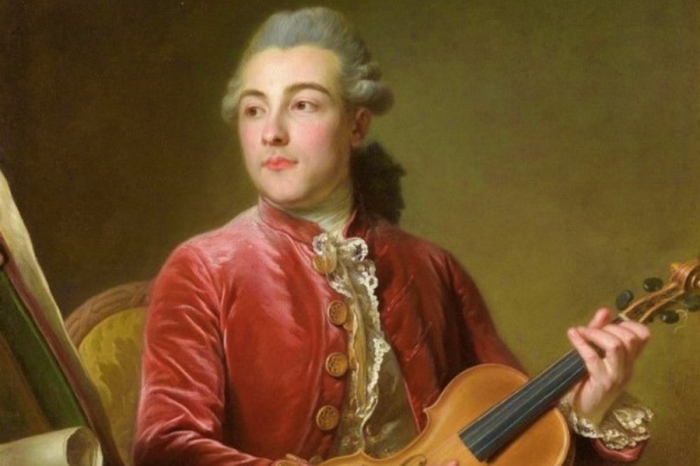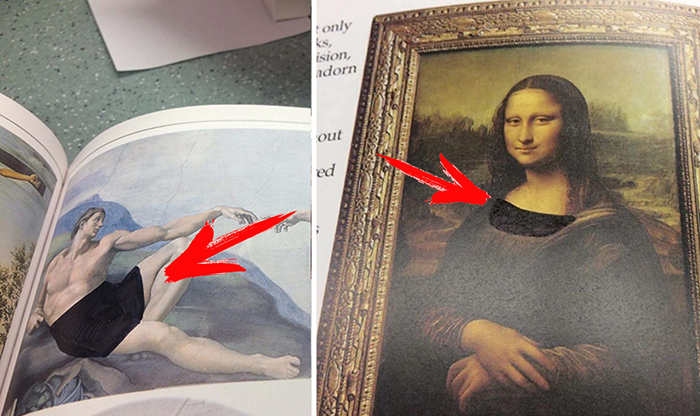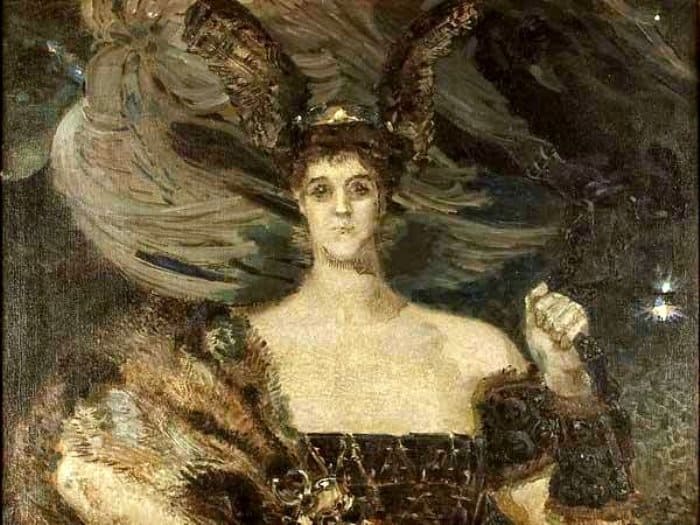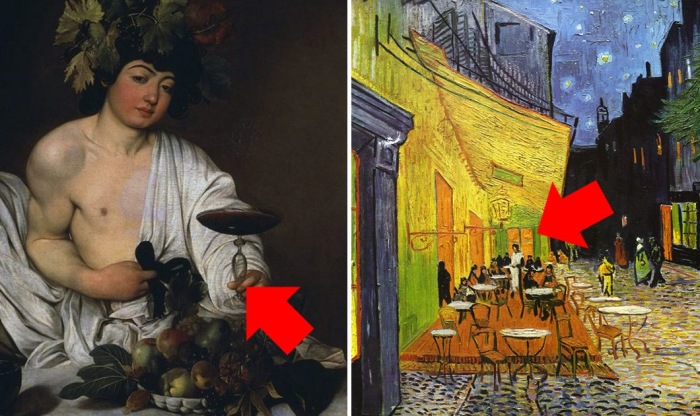and not only biblical
How Russian artist Makovsky painted a portrait of the US president and opened the “Russian style” to Americans
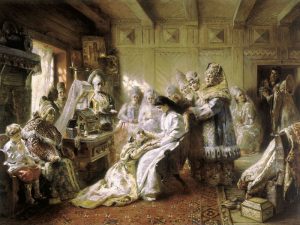 At the beginning of the 20th century, the Western world discovered the Russian style. Sundresses, kokoshniks, furs and precious fabrics, boyars and feasts – this is exactly such Russia that the great Russian artist Konstantin Makovsky showed the Americans on his canvases. The success of the “Russian Rubens” in America was so great that Konstantin Egorovich in 1901 decided to visit the New World. During this trip, the craftsmen were invited to paint a portrait of US President Theodore Roosevelt.
At the beginning of the 20th century, the Western world discovered the Russian style. Sundresses, kokoshniks, furs and precious fabrics, boyars and feasts – this is exactly such Russia that the great Russian artist Konstantin Makovsky showed the Americans on his canvases. The success of the “Russian Rubens” in America was so great that Konstantin Egorovich in 1901 decided to visit the New World. During this trip, the craftsmen were invited to paint a portrait of US President Theodore Roosevelt.
The conventional wisdom that talent should be hungry was clearly not related to Konstantin Egorovich Makovsky. At the end of the 19th century, he was probably one of the most successful and sought-after masters in Russia. Continue reading
Ciphers, signs and self-portraits: How artists of the past signed their paintings
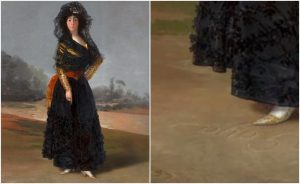 Not every masterpiece of painting contains the signature of the artist. There were reasons for this, both at the dawn of the Renaissance and in the modern era; they are now. Some of the works were “signed” by the masters in unusual ways – symbols in which an indication of the identity of the author was hidden. Bones, butterflies, cats appeared in the paintings for a reason.
Not every masterpiece of painting contains the signature of the artist. There were reasons for this, both at the dawn of the Renaissance and in the modern era; they are now. Some of the works were “signed” by the masters in unusual ways – symbols in which an indication of the identity of the author was hidden. Bones, butterflies, cats appeared in the paintings for a reason.
Why it was not customary to sign a work before
Having finished work, put your signature in the lower right corner of the picture – a custom that entered the practice of artists during the early Renaissance. Alas, authorship of earlier works is often not possible to establish – primarily because of the lack of signatures on them. Continue reading
